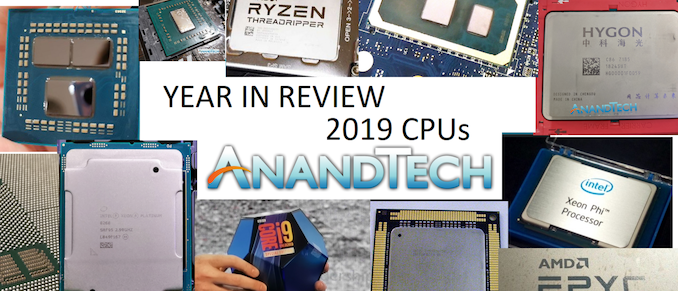Gen11
Throughout 2019, we’ve had quite the reverse of performance when it comes to the competitiveness of the modern performance-oriented desktop processor. This year we’ve seen AMD introduce its Zen 2 processor designs, offering up to 16 cores for mainstream use cases, and matching if not beating Intel in raw clock-for-clock performance. In a similar vein, AMD’s Rome CPUs offer up to 64 cores per socket on the server side, where Intel can only offer 28 (or 56 in some configurations), while at the same time both consumer and server pushing PCIe 4.0 in preparation for upcoming GPUs and add-in accelerators. Intel has also launched a number of products, such as a couple of 5.0 GHz all-core CPUs, an unlocked 28-core CPU, Xeon 9200, and...
Examining Intel's Ice Lake Processors: Taking a Bite of the Sunny Cove Microarchitecture
Intel has been building up this year to its eventual release of its first widely available consumer 10nm Core processor, codenamed "Ice Lake". The new SoC has an improved...
107 by Dr. Ian Cutress on 7/30/2019Intel Teases Ice Lake-U Integrated Graphics Performance
Another snippet of information from Intel today relates to the company’s future mobile platform CPU. We know it’s called Ice Lake-U, that it is built on Intel’s 10nm process...
72 by Ian Cutress on 5/26/2019










